| 09:15 - 10:30 | Plenary Session: Opening Ceremony |
 100.1
100.1 |
Welcome address by Congress Chair Leo Buhler, Switzerland |
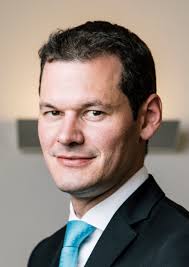 100.3
100.3 |
State Councillor; Head of the Department of Health and Mobility, Republic and Canton of Geneva Pierre Maudet, Switzerland |
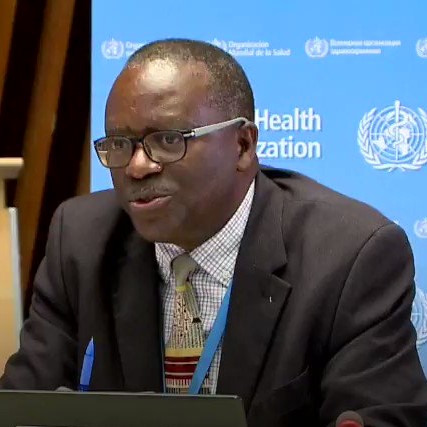 100.5
100.5 |
World Health organization (WHO) Deusdedit Mubangizi, Switzerland |
 100.2
100.2 |
Welcome from Swisstransplant Society Franz Immer, Switzerland |
 100.4
100.4 |
Université de Genève, Dean of the Faculty of Medicine Antoine Geissbuhler, Switzerland |
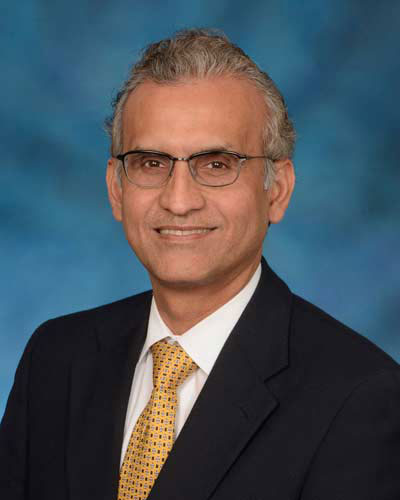 100.6
100.6 |
Welcome from the IXA President Muhammad M. Mohiuddin, United States |
 100.7
100.7 |
Closing remarks Leo Buhler, Switzerland |
| 11:00 - 12:30 | Plenary Session: Advanced technologies in clinical xenotransplantation: Genetics and multi-omics |
| 101.1 |
Current perspectives for genetic modification in xenotransplantation Elisabeth Kemter, Germany |
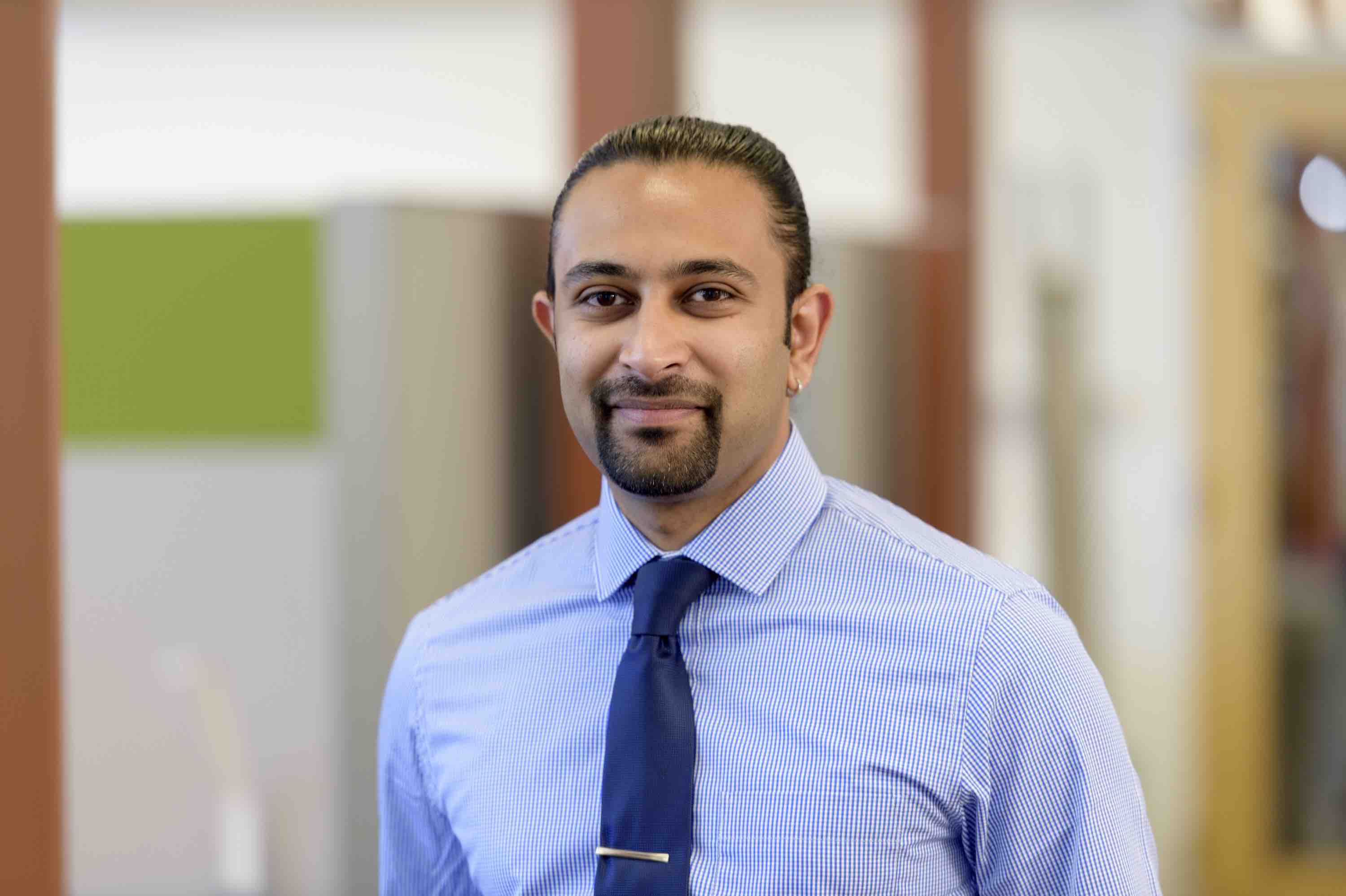 101.2
101.2 |
A Comprehensive NGS Strategy for Characterization of Genome Engineered Porcine Donors for Clinical Xenotransplantation Sagar Chhangawala, United States |
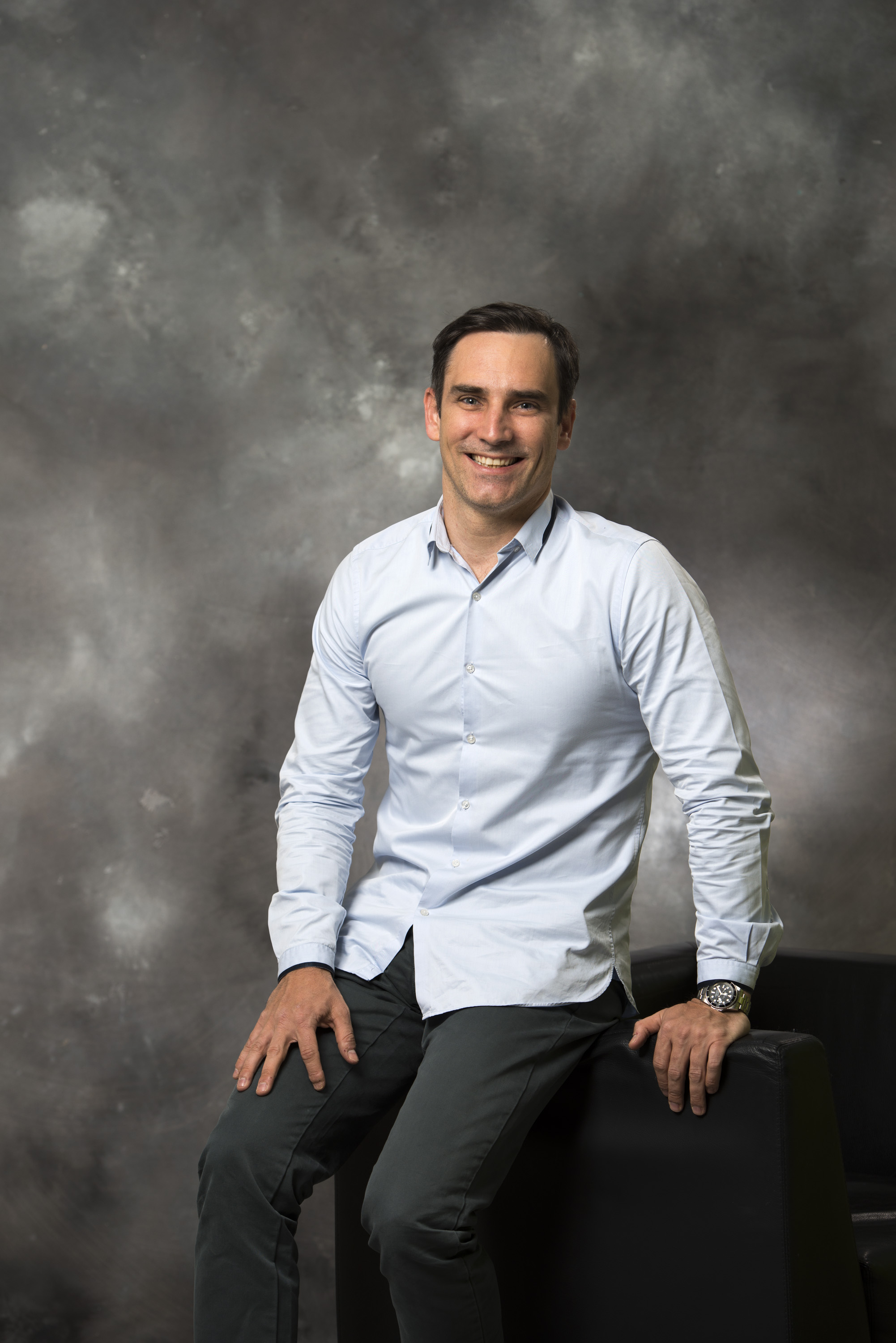 101.3
101.3 |
Multimodal phenotyping of clinical xenografts: Insights into the host immune response Alexandre Loupy, France |
| 13:30 - 15:00 | Plenary Session: Ethics-economics-regulation: Does the public buy in? |
 102.1
102.1 |
Overview of IXA ethics committee structure and function Richard N Pierson III, United States |
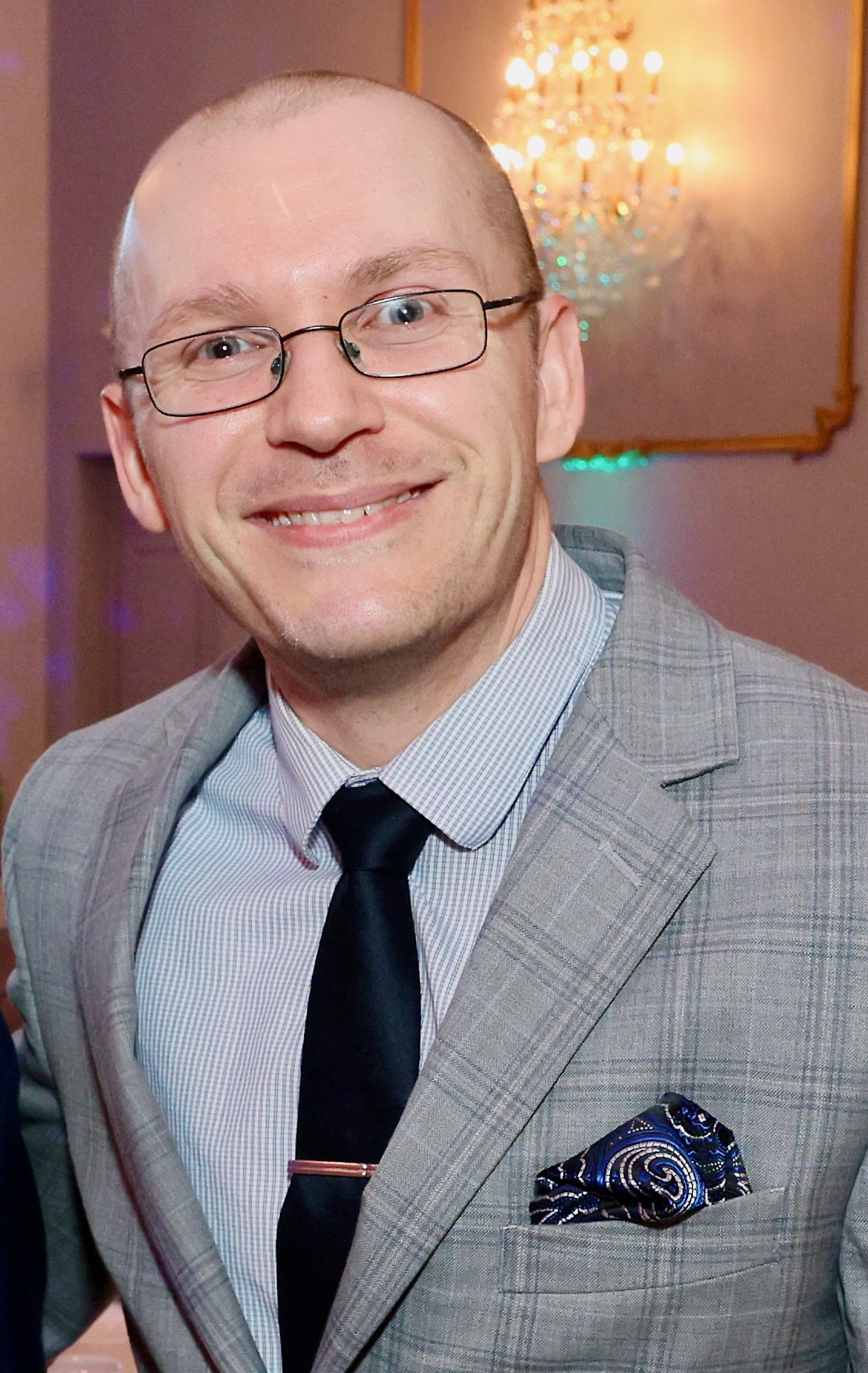 102.2
102.2 |
Religious perspectives regarding the ethical issues associated with clinical xenotransplantation Daniel Hurst, United States |
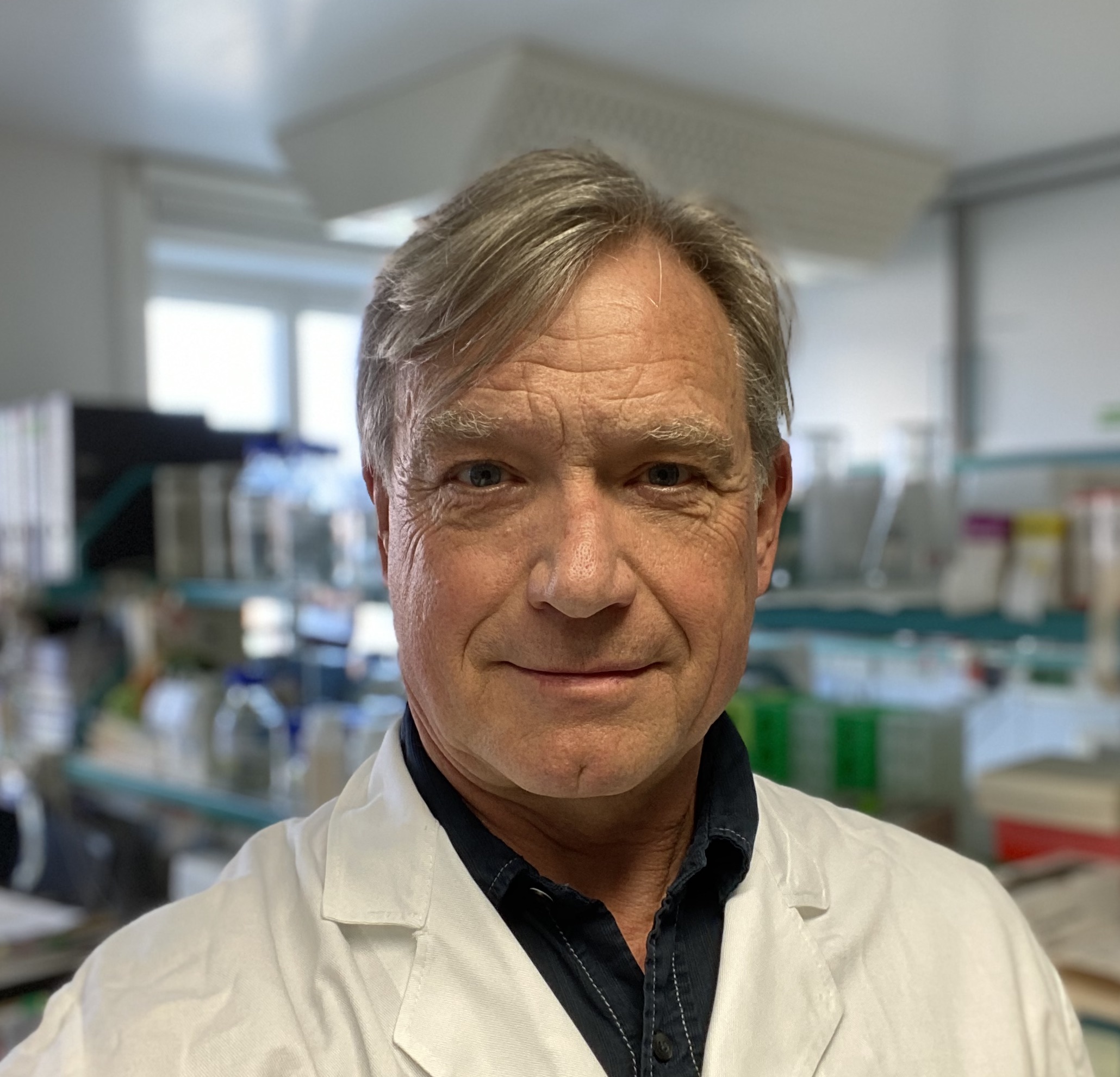 102.3
102.3 |
Xenotransplantation in view of the European Council Ralf R. Tönjes, Germany |
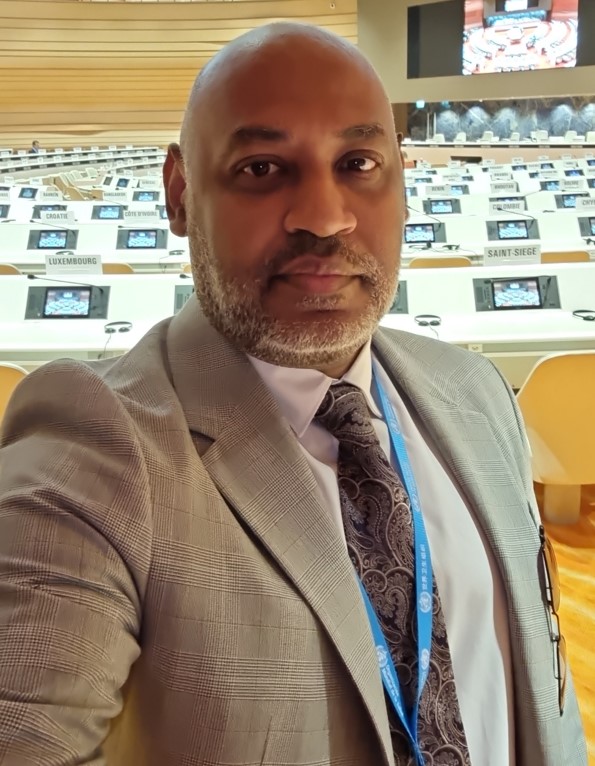 102.4
102.4 |
Xeno regulation, safety: Current status and emerging initiatives Efstratios (Stratos) Chatzixiros, Switzerland |
| 102.5 |
Panel discussion and audience Q&A Discussion Period, Switzerland |
| 15:05 - 15:55 | Oral Abstract Session: Organ Xenotransplant - Clinical Application 1 |
| 105.1 |
Incidence and management of proteinuria in a living recipient of a 10 gene-edit xenokidney transplant Edward Skolnik, United States |
| 105.2 |
Study design of the first-in-human clinical trial of a 10 gene-edited xenokidney Jayme Locke, United States |
 105.3
105.3 |
Endothelial injury and fibrogenesis drives post-transplant response after pig-to-human heart xenotransplantation Raphael Meier, United States |
| 105.4 |
Complement monitoring in cardiac xenotransplantation: Insights from the second porcine-to-human live heart transplant Michael A. Cole, United States |
| 15:05 - 15:55 | Oral Abstract Session: Genetic Engineering 1 |
| 106.1 |
The expression of human erythropoietin in pig kidneys can mitigate the problem of anemia after kidney transplantation Yong Wang, People's Republic of China |
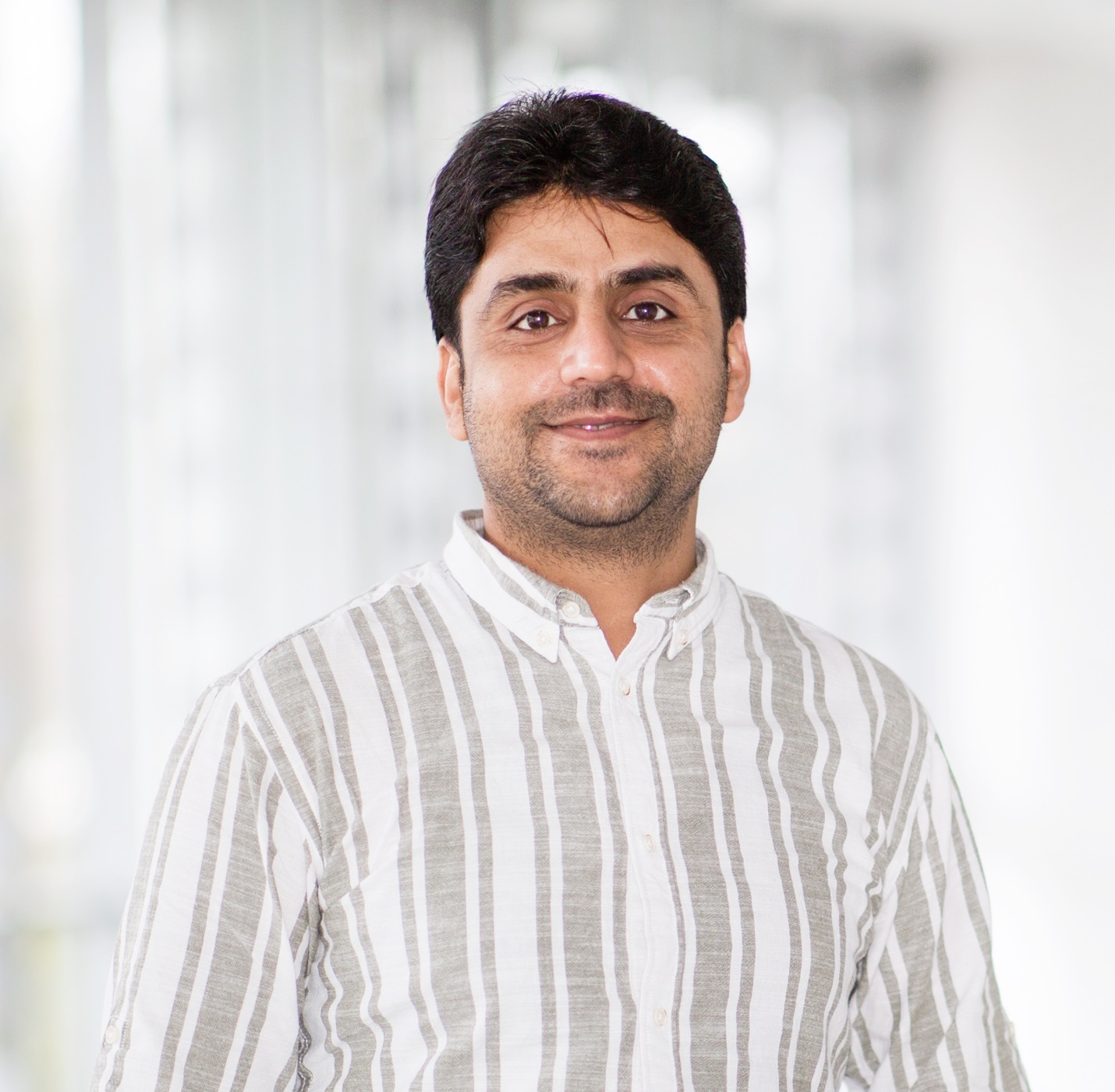 106.2
106.2 |
Genetically modified Auckland Island pigs as organ source for xenotransplantation Asghar Ali, Germany |
| 106.3 |
Exploring primate immune responses to SLA-deficient pig xenografts in humanized mice and rhesus monkeys Zheng Hu, People's Republic of China |
| 106.4 |
Study of the suppression on innate immune induced rejection by homo HO-1 and sus scrofa HO-1 Yusuke Yanagino, Japan |
| 106.5 |
Targeted insertions of human transgenes combining CRISPR/Cas9 and Cre/lox-RMCE for generation of genetic engineered-pigs for xenotransplantation Andrea Perota, Italy |
| 15:05 - 15:55 | Oral Abstract Session: Ethics and Regulation |
 107.1
107.1 |
The longest-living human with a xenograft: A qualitative narrative inquiry Macey L. Levan, United States |
 107.2
107.2 |
Toward a patient-centered definition of success in kidney xenotransplantation: A qualitative study of two long-term recipients Macey L. Levan, United States |
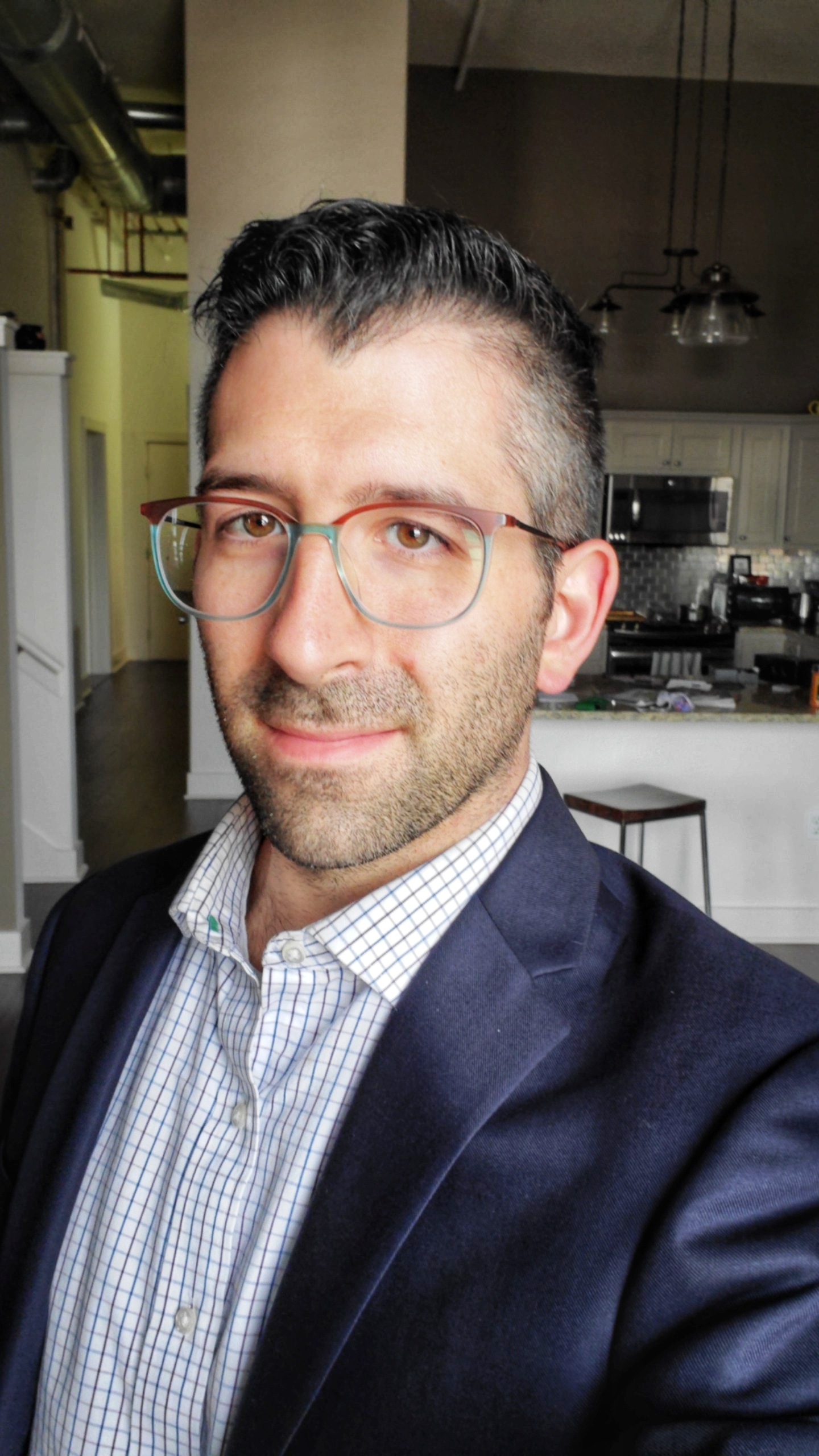 107.3
107.3 |
Ethical pursuit of expanded xenotransplantation and potential for disability bias in pediatric patients Anthony Merlocco, United States |
| 107.4 |
Public attitudes toward xenotransplantation: A national survey Luz Padilla, United States |
| 107.5 |
Patient perspectives of kidney xenotransplantation: A survey by the National Kidney Foundation (NKF) Heather Murphy, United States |
| 16:20 - 17:10 | Mini-Oral Abstract Session: Organ Xenotransplant - Clinical Application 2 |
| 110.1 |
Differential pig and human protein abundance in plasma of patients exposed to pig hepatocytes following bioartificial liver treatments Angeles Baquerizo, United States |
| 110.2 |
Screening human blood products for xeno-reactive antibodies to ensure compatibility in clinical xenotransplantation Alexander C Schulick, United States |
| 110.3 |
Monitoring donor-derived cell free DNA in porcine heart xenotransplant recipients Robert Woodward, United States |
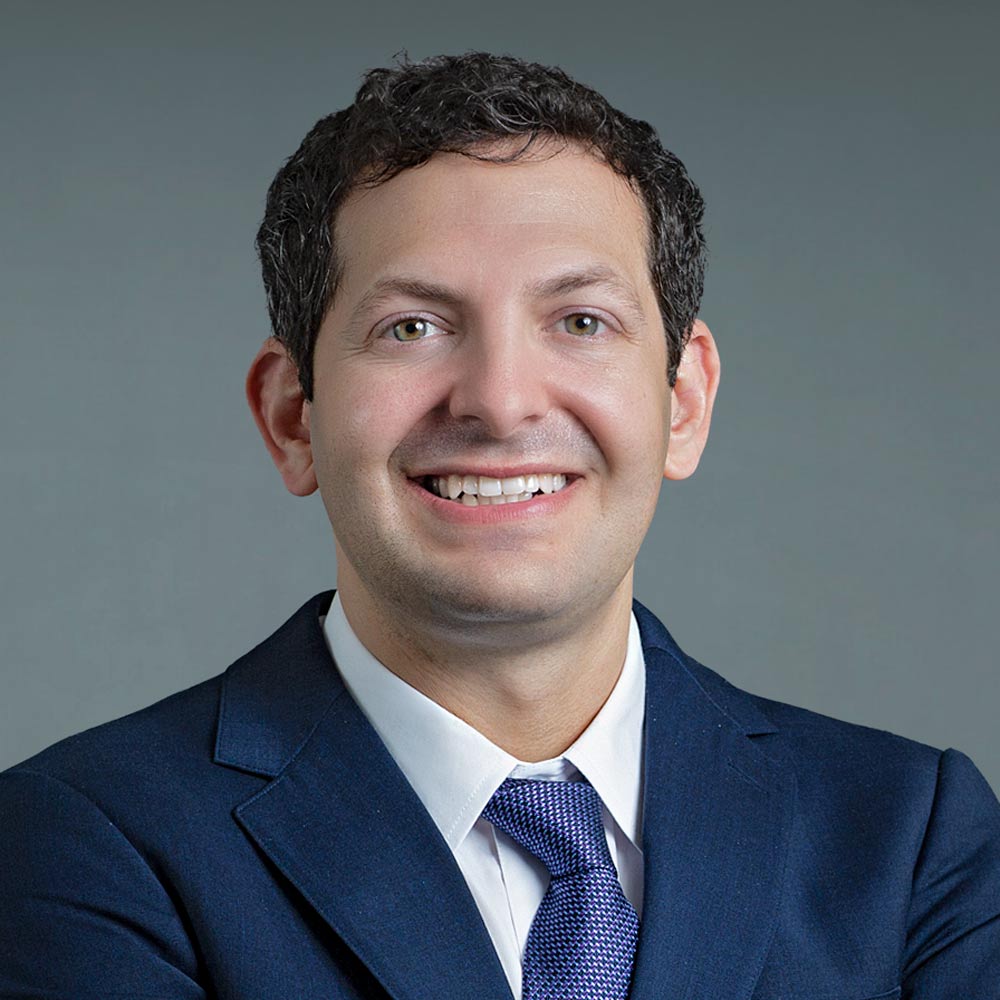 110.4
110.4 |
Real-time intraoperative quantification of xenograft blood flow into a porcine xenothymokidney in a living human with a left ventricular assist device Jeffrey Stern, United States |
| 110.6 |
Pig kidney xenograft size after pig-to-human transplantation - GGTA1 KO Thymokidney vs 10 GE Xenokidney Tal Eitan, United States |
| 110.7 |
How many potential candidates are there for clinical kidney xenotransplantation in Japan? Takayuki Hirose, Japan |
| 16:20 - 17:10 | Mini-Oral Abstract Session: Genetic Engineering 2 |
| 111.2 |
Biocompatibility of genetically-engineered pig cornea in corneal xenotransplantation for the use of human clinical trials Chung Young Kim, Korea |
| 111.4 |
Identification of the potential role of swine leukocyte antigen in xenotransplantation Nayoung Ko, Korea |
| 111.5 |
Human thrombomodulin-expressing Transgenic pigs for islet xenotransplantation: Potential Implication for pancreatic function and disease Kyungmin Kwak, Korea |
| 111.6 |
Overexpression of human CD55 in tripple knocout (TKO) porcine red blood cells (pRBC) can further reduce human antibody-induced hemolytic reactions Yong Wang, People's Republic of China |
| 111.7 |
A novel transgene to regulate oxidative stress and mitochondrial damage Konrad Fischer, Germany |
| 16:20 - 17:10 | Mini-Oral Abstract Session: Methodology / Technical Resources |
| 112.1 |
Early xeno-derived cell-free DNA elevation as a noninvasive biomarker of kidney xenograft rejection in pig-to-nonhuman primate xenotransplantation Joon Young Jang, Korea |
| 112.2 |
Immunopeptidomic identification of SLA-derived HLA class II ligands recognized by human T cells, using a strategy adapted for xenotransplantation Kenta Iwasaki, Japan |
| 112.3 |
Establishment of a designated pathogen-free (DPF) donor pig population of genetically edited pigs in Neijiang, China Xing Xiangyang, People's Republic of China |
 112.4
112.4 |
SLA antibody screening using Auckland island pig cells: Toward standardized diagnostics for xenotransplantation Gisella L. Puga Yung, Switzerland |
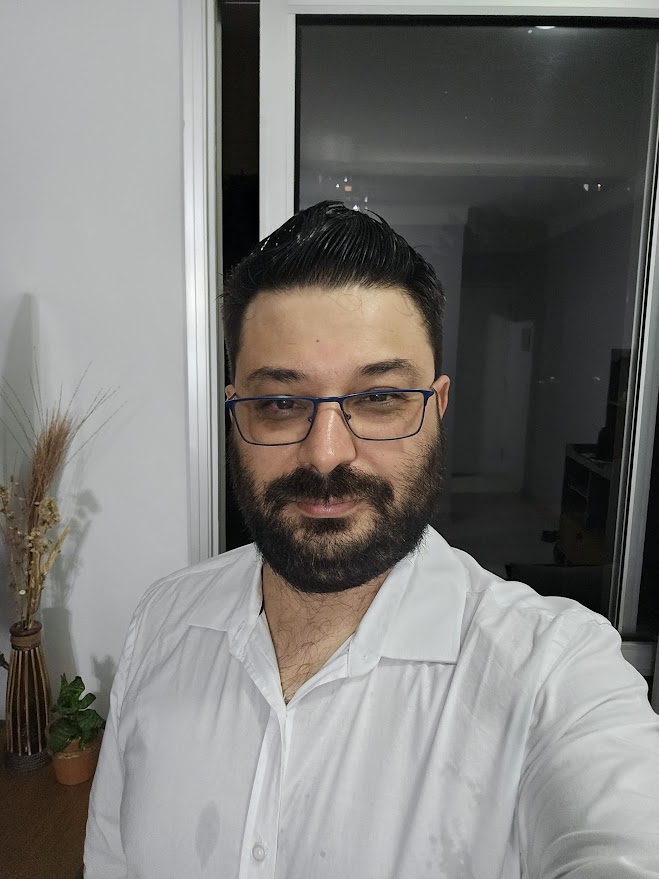 112.5
112.5 |
Standardization of multiplex qPCR assays for detection of PCMV and PCV2 in organ donor pigs Luiz Gustavo Cano Munhoz, Brazil |
| 112.6 |
Successful somatic support of brain-dead decedents for xenotransplantation research: A systematic review and case series Philip Sommer, United States |
 112.7
112.7 |
Optimized cryopreservation of porcine pancreatic islet cells: A novel protocol for single-cell biobanking Barbara Ludwig, Germany |
| 17:15 - 18:45 | Plenary Session: Complement and humoral rejection: Still barriers to success? |
 115.1
115.1 |
Human anti-pig antibodies and the porcine endothelial glycolandscape Robert Rieben, Switzerland |
 115.3
115.3 |
Anti-SLA antibodies in early renal xenograft loss Alfred Joseph Tector, United States |
 115.4
115.4 |
The potential of pharmacological complement inhibitors for xenotransplantation Daniel Ricklin, Switzerland |
| 08:30 - 10:00 | Plenary Session: Cellular rejection and innate-adaptive immunity |
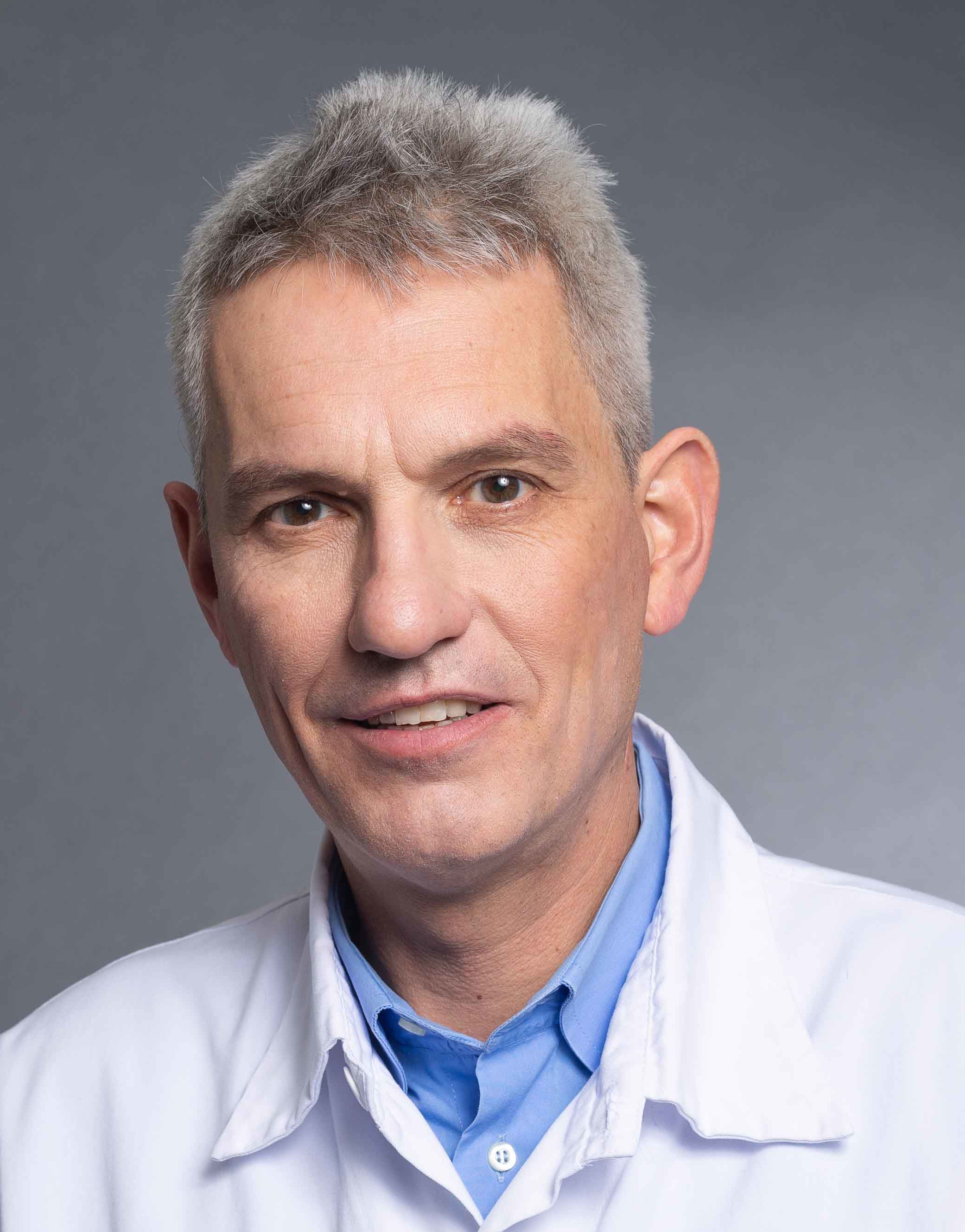 200.1
200.1 |
Innate Immunity and the NK cell in graft rejection Jörg D Seebach, Switzerland |
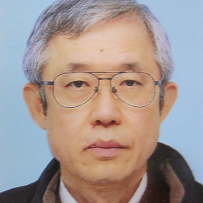 200.2
200.2 |
Macrophages and microphages (neutrophil) in xenograft rejection Shuji Miyagawa, Japan |
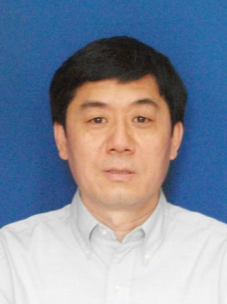 200.3
200.3 |
Development of human lymphohematopoiesis in an immunodeficient pig Yong-Guang Yang, People's Republic of China |
 200.4
200.4 |
Integrative multi-omics profiling in human decedents receiving pig heart xenografts Eloi Schmauch, France |
| 10:30 - 12:00 |
Plenary Session: Immunosuppression, immune monitoring, anti-CD154 pathway blockade: How far do we need to go? Session Supported by:  |
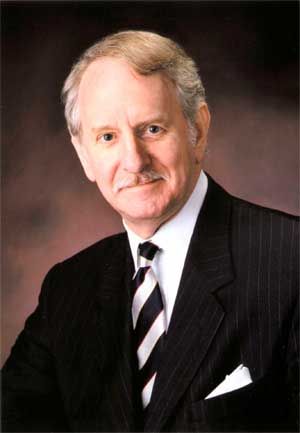 201.1
201.1 |
The optimal immunosuppressive protocol David K.C. Cooper, United States |
 201.2
201.2 |
Anti-CD154 pathway blockade Steve Perrin, United States |
 201.3
201.3 |
Il6 and other inflammatory pathways in organ xenograft rejection Hidetaka Hara, People's Republic of China |
| 12:45 - 13:20 |
Corporate Symposium: Long term survival of 4GE pig-to-rhesus monkey and 6GE pig-to-human Kidney Xenotransplantation Session Organized by: 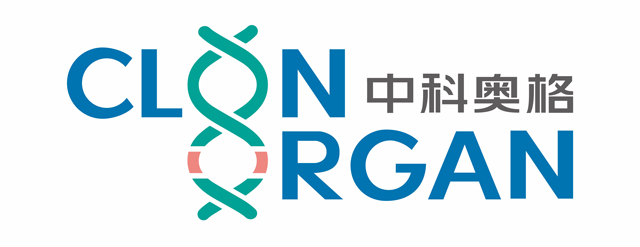 |
| 202.1 |
Long-term survival of gene-edited pig-to-rhesus monkey kidney transplantation Gang Chen, People's Republic of China |
 202.2
202.2 |
Cultivation of GE pig strains and their clinical research Dengke Pan, People's Republic of China |
| 13:30 - 15:00 |
Plenary Session: Clinical breaking news / Innovation Supported by:  |
 203.1
203.1 |
Surgical aspects in pig-to-human heart xenotransplant - Baltimore experience Muhammad M. Mohiuddin, United States |
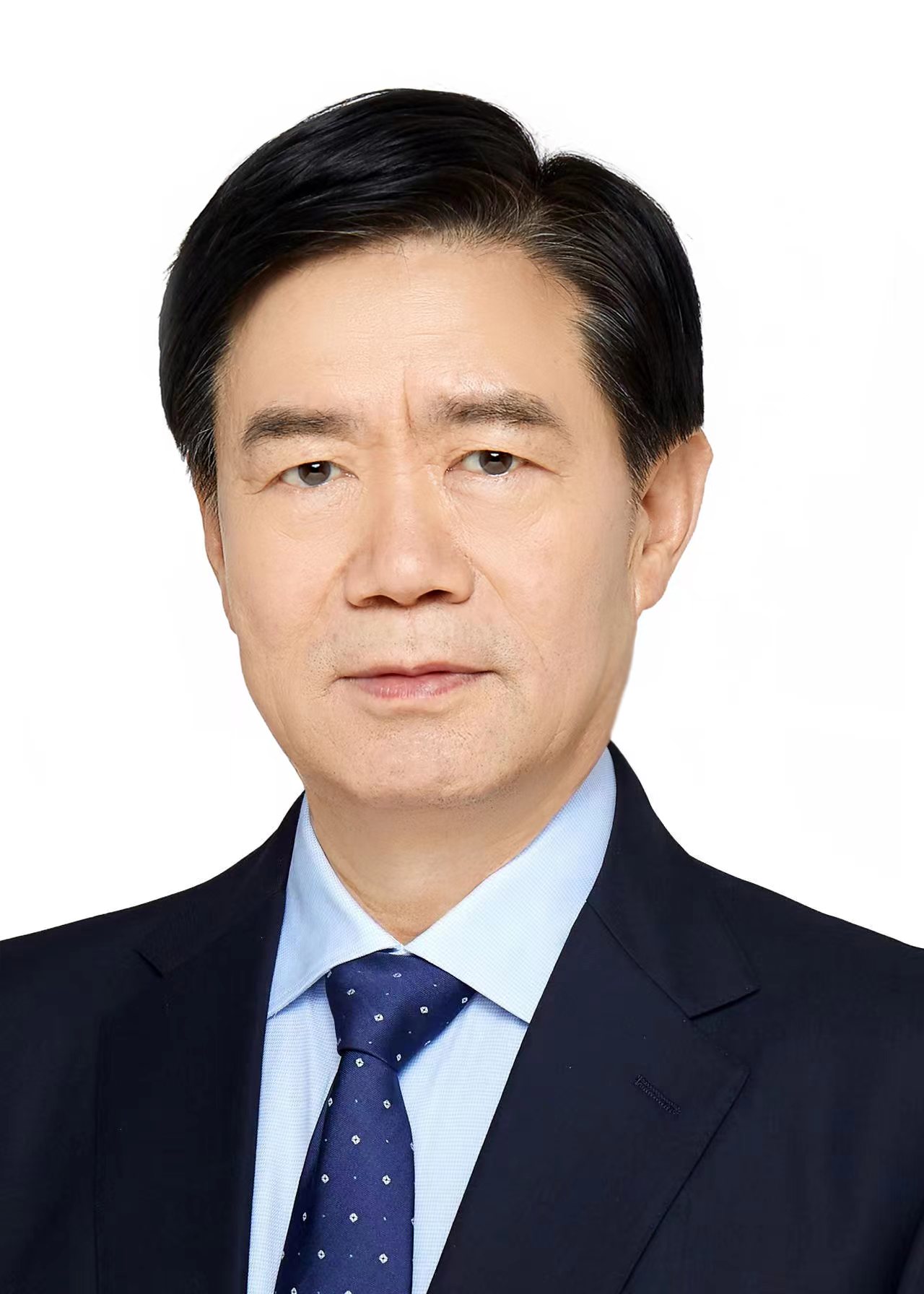 203.4
203.4 |
Kidney transplantation of a multigene-edited pig into a patient with end-stage renal disease (ESRD) - Xi'an experience Kefeng Dou, People's Republic of China |
| 15:05 - 15:55 | Oral Abstract Session: Immunosuppression and Tolerance 1 |
| 205.3 |
Urinary loss of anti-CD154 therapeutic antibodies: The impact of proteinuria on pig kidney xenotransplantation Kohei Kinoshita, United States |
| 205.4 |
Immunosuppression weaning in a pig-to-baboon thymokidney xenotransplant model Muhammed Esad Gunes, United States |
| 205.5 |
Engineered MSCs releasing CCL22 remodel the local immune microenvironment to promote graft tolerance Yanan Li, People's Republic of China |
| 15:05 - 15:55 | Oral Abstract Session: Xenotransplant Islets |
| 206.1 |
Development of a humanized mouse model to assess neonatal porcine vs human islet engraftment and rejection Ivan J. Ma, Canada |
| 206.4 |
Unlocking the potential of IL-13 in islet xenotransplantation: a novel player in xenotolerance induction Kenneth L Brayman, United States |
| 206.5 |
Targeting the redox balance of beta cells by SH/S-S conversion for islet transplantation Jianmin Wu, People's Republic of China |
| 15:05 - 15:55 | Oral Abstract Session: Antibodies, Coagulation, Thrombosis |
| 207.1 |
Attenuation of platelet activation and thrombosis in a dynamic shear flow model with GalTKO.hCD55.hTBM porcine endothelium Megan R Dufault, United States |
| 207.3 |
Induced anti-swine leukocyte antigen (SLA) class I and class II antibodies play important roles in gene-edited pig-to-rhesus monkey xenotransplantation Hao Feng Sr., People's Republic of China |
| 207.4 |
Assessment of allosensitization following pig-to-human xenotransplantation Massimo Mangiola, United States |
| 16:20 - 17:10 | Mini-Oral Abstract Session: Immunosuppression and Tolerance 2 |
| 210.1 |
Ex vivo pig liver xenoperfusion with human red blood cells and mesenchymal stem cells to enhance the endothelial barrier function and attenuate inflammation Anjali Verma, United States |
| 210.2 |
Application of immunosuppressive regimen in xenotransplantation of gene-edited porcine heart to rhesus macaque Huan Wang, People's Republic of China |
| 210.3 |
Gut microbiota metabolite L-Histidine (L-His) alleviates tacrolimus-induced islet dysfunction post-transplantation via IRS-2/Akt/mTOR/FOXO1 signaling pathway Yi Wang, People's Republic of China |
| 210.4 |
Generation and functional assessment of human cytotoxic T cells directed against wild-type and genetically modified pig endothelial cells Viktoriia Galdina, Switzerland |
| 210.5 |
Immortalized aortic endothelial cells from genetically modified pigs for evaluation of human‑to‑pig xenoreactive immune responses Man Zhang, People's Republic of China |
| 210.6 |
KJ047 is a next generation CD40 ligand antibody designed for safe and durable immunosuppression in combination with IgG degrading enzymes Yunxia (Erica) Xu, People's Republic of China |
| 210.7 |
Early mixed chimerism after pig to non-human primate liver xenotransplantation Sho Fujiwara, United States |
| 16:20 - 17:10 | Mini-Oral Abstract Session: Xenotransplant Islets and Tissue |
| 211.1 |
Porcine expanded potential stem cell platform for in vitro interspecies chimerism and cardiac niche modeling Monika Nowak-Imialek, Germany |
| 211.2 |
Development of the replacement system for animal fetal kidneys with xenogenic nephrons: toward clinical application Shutaro Yamamoto, Japan |
| 211.3 |
Multiplex gene-edited porcine corneal xenotransplantation in Tibetan macaques: Immune rejection mechanisms Xiangqian Hong, People's Republic of China |
| 211.4 |
Detailed genomic analysis of a highly inbred donor pig line with unique advantages for clinical porcine islet xenotransplantation Xiaoqian Ma, People's Republic of China |
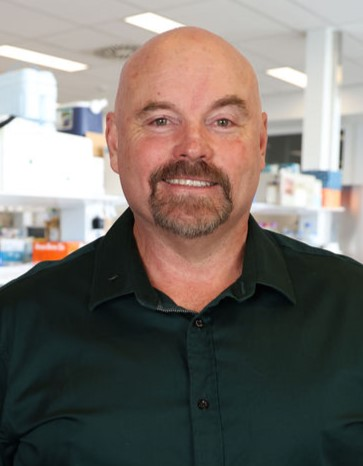 211.5
211.5 |
Advancing cures for type 1 diabetes using flow cytometry as a guide for safe and efficacious immunosuppression in xenotransplantation Wayne J Hawthorne, Australia |
| 211.7 |
Microporous annealed particle (MAP) scaffold enhances islet engraftment and modulates inflammation for beta-cell replacement therapy Kenneth L Brayman, United States |
| 16:20 - 17:10 | Mini-Oral Abstract Session: Xenozoonosis and Regulation |
| 212.1 |
A rapid high through-put PCMV serology western blot assay to detect Anti-PCMV antibodies in pigs Kasinath V Kuravi, United States |
| 212.2 |
Screening donor pigs and xenotransplant recipients for porcine viruses Joachim Denner, Germany |
| 212.3 |
Establishment and monitoring of designated pathogen free pigs for xenotransplantation Joohyun Shim, Korea |
| 212.4 |
Nursing perceptions, motivating factors, and potential barriers to participating in the care of a decedent xenotransplant recipient Juan Esteban Baus Davalos, United States |
| 212.5 |
The international human xenotransplantation inventory: Current data and future directions Xiaowei Hu, Switzerland |
| 212.6 |
Celebrating the dead: How medical professionals experience and interact with decedents in xenotransplantation experiments Sofie Á Rogvi, Denmark |
| 17:15 - 18:45 | Plenary Session: Coagulation: From activation to inhibition |
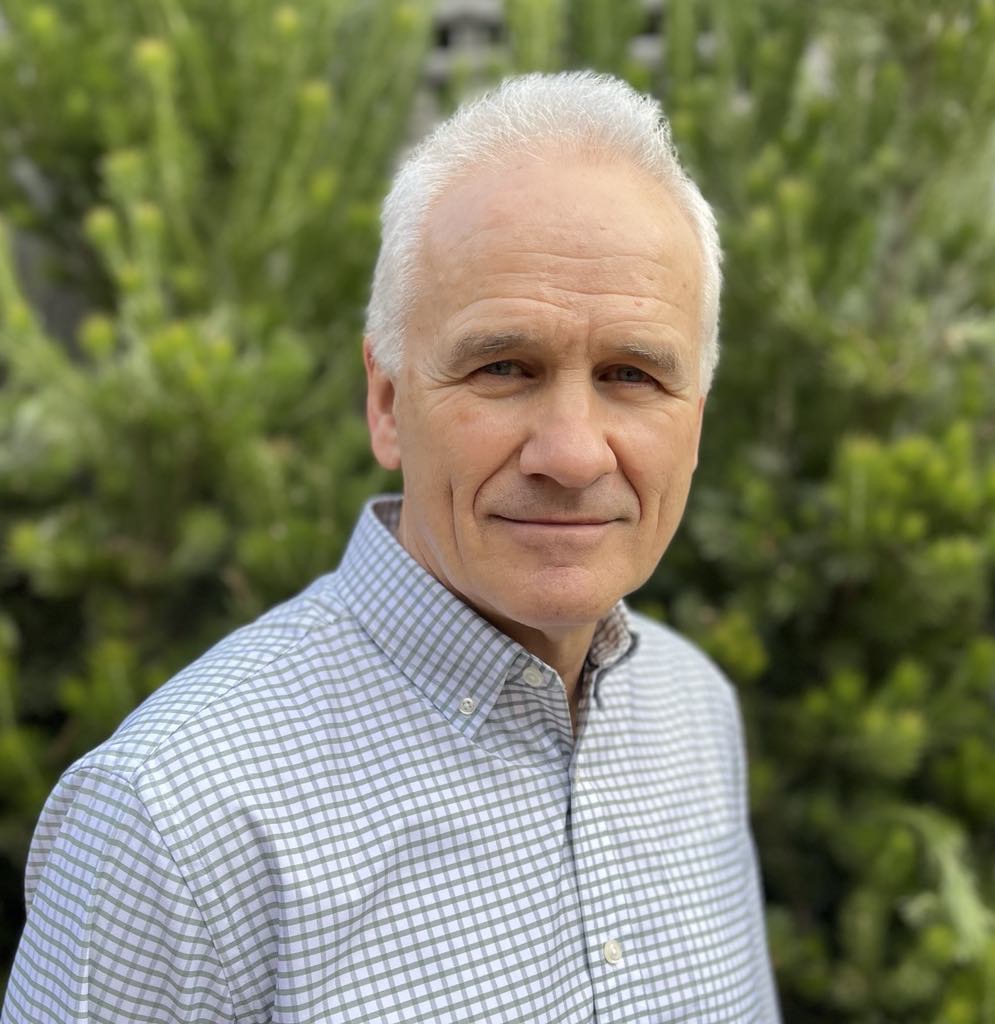 215.1
215.1 |
Coagulation in xeno - a brief history of the problem Peter Cowan, Australia |
 215.2
215.2 |
Lung perfusions and transplantation Lars Burdorf, United States |
 215.3
215.3 |
Liver transplant: Looking at coagulation from the donor organ side Burcin Ekser, United States |
 215.4
215.4 |
Coagulation issues during normothermic perfusion of liver and kidney grafts Peter J. Friend, United Kingdom |
| 18:45 - 20:00 | Special Session by Chinese Medical Experts |
| 216.1 |
Xenotransplantation—How far do we still have to go? Beicheng Sun, People's Republic of China |
| 216.3 |
Pioneering Exploration of Gene-Edited Pig-to-Human Simultaneous Liver-Kidney
Xenotransplantation Guangdong Wu, People's Republic of China |
| 08:30 - 10:00 | Plenary Session: Towards clinical xenotransplantation: Clinical trials are underway today! |
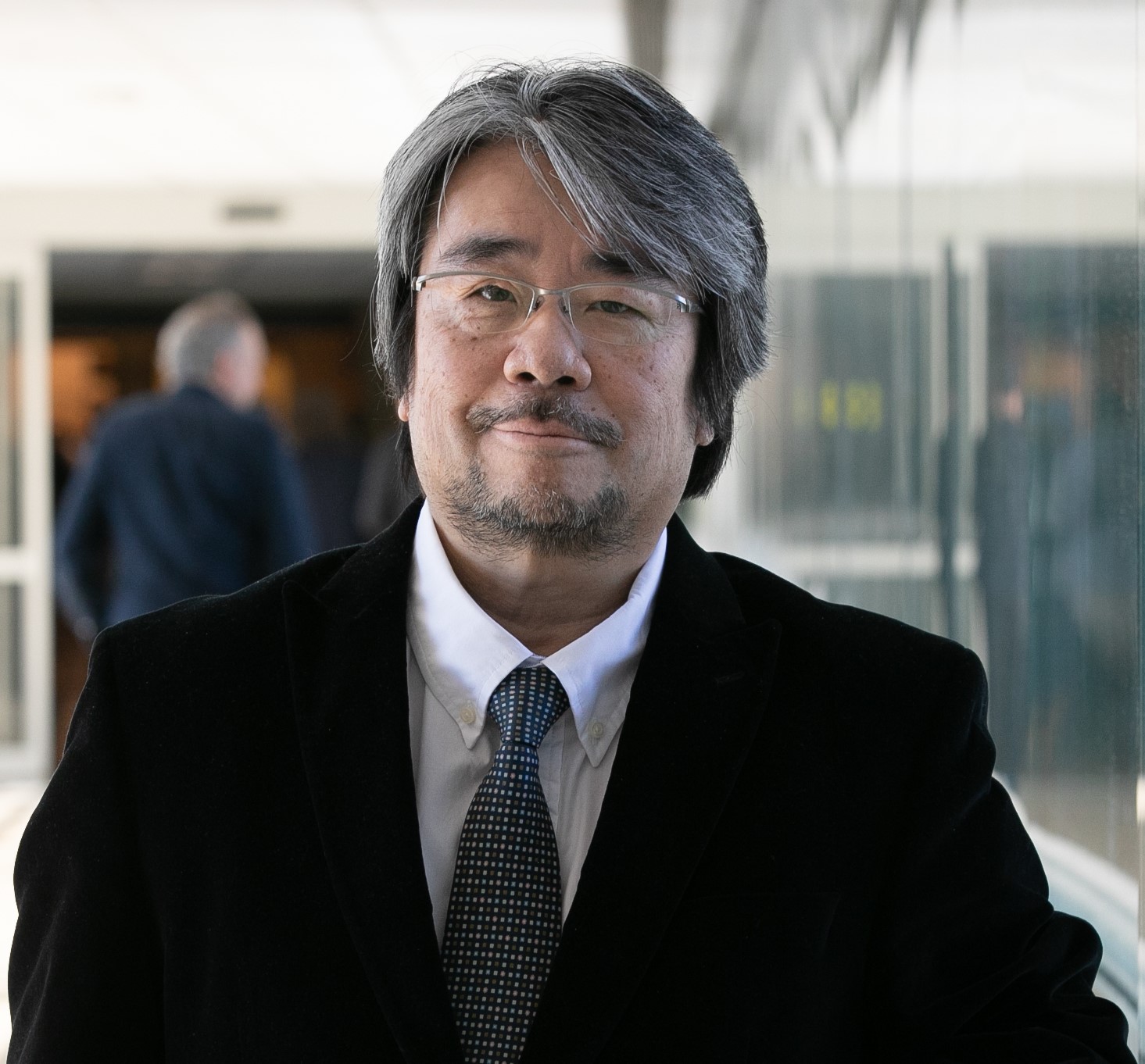 300.2
300.2 |
Kidney: Thymic tissue transplantation to induce graft tolerance across xenogeneic barrier Kazuhiko Yamada, United States |
 300.3
300.3 |
Cardiac Xenotransplantation: Knowledge gaps learned through human experience Muhammad M. Mohiuddin, United States |
 300.4
300.4 |
Liver: Auxiliary liver xenograft for acute liver failure Kefeng Dou, People's Republic of China |
| 10:30 - 12:00 | Plenary Session: IXA Special Lecture and Business Meeting |
 301.1
301.1 |
Introduction of Keith Reemtsma Award recipient Wayne J Hawthorne, Australia |
 301.2
301.2 |
Keith Reemtsma Lecture Award Peter Cowan, Australia |
 301.3
301.3 |
Introduction of the IXA Honorary Award recipient Muhammad M. Mohiuddin, United States |
 301.4
301.4 |
IXA Honorary Lecture Award Leo Buhler, Switzerland |
 301.5
301.5 |
Introduction of the Agnes Azimzadeh Award recipient Rita Bottino, United States |
 301.6
301.6 |
Agnes Azimzadeh Lecture Award Curie Ahn, Korea |
 301.7
301.7 |
Business Meeting Muhammad M. Mohiuddin, United States |
 301.8
301.8 |
XenoPrize and David Cooper Awards Muhammad M. Mohiuddin, United States |
 301.9
301.9 |
IXA, TTS, CareDx Awards and Swiss Grant Awards Muhammad M. Mohiuddin, United States |
| 12:45 - 13:20 |
Corporate Symposium: Gene Editing and Production of Organs from 10GE pigs for Clinical Xenotransplants and The Road to Xenotransplant Clinical Trials Session Organized by: 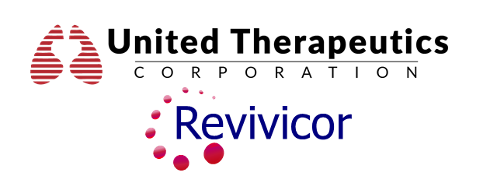 |
|
Gene editing and production of 10GE pigs for preclinical and clinical studies David Ayares, United States |
| 13:30 - 15:00 | Plenary Session: Islets-cells the future is today… |
 303.1
303.1 |
CAR-T reg cell therapy Yannick Muller, Switzerland |
 303.2
303.2 |
Macroencapsulation of pig islets Barbara Ludwig, Germany |
 303.3
303.3 |
Composite islet-kidney xenotransplantation to cure both diabetes and kidney failure Rita Bottino, United States |
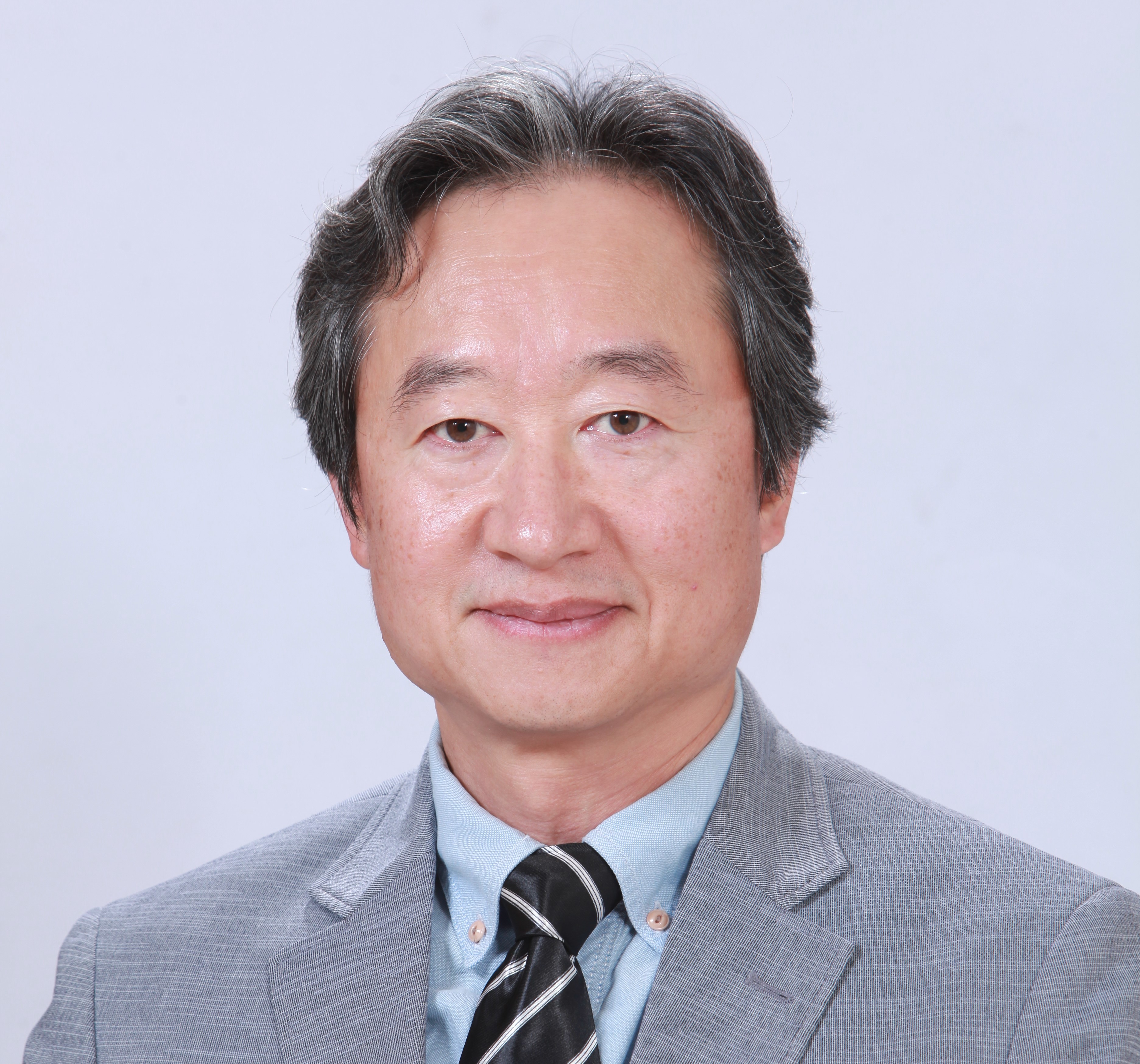 303.4
303.4 |
Pig islet transplantation – the optimal immunosuppressive protocol Chung-Gyu Park, Korea |
| 15:05 - 15:55 | Oral Abstract Session: Pre- and Subclinical Models 1 |
| 305.1 |
Extra-corporeal liver cross-circulation using transgenic porcine xenografts in the human decedent model Alex Sagar, United Kingdom |
| 305.2 |
Multimodal phenotyping of pig-to-human heart xenografts' immune response Erwan Morgand, France |
| 305.3 |
Multiple human transgenes prolong survival of triple-carbohydrate knockout porcine kidney xenografts in nonhuman primates Ahmad Karadagi, United States |
| 305.4 |
Brain-dead human subjects as preclinical models for xenotransfusion: Feasibility and safety of genetically engineered pig red blood cell transfusion Tao Li, People's Republic of China |
| 305.5 |
Combined 11-gene-editing with HLA-E expression and donor macrophage depletion extends survival in pig-to-baboon lung xenotransplantation Sho Takemoto, United States |
| 15:05 - 15:55 | Oral Abstract Session: Organ Xenotransplant - Clinical Application 3 |
| 306.1 |
Blood cell gene expression in xenotransplantation of genetically modified pig heart into human recipient: Comparison to human allotransplantation Robert Woodward, United States |
| 306.2 |
Correlation of left ventricular global longitudinal strain with NT-proBNP in the first and second genetically modified porcine to human xeno heart transplant Javier Galindo, United States |
| 306.3 |
Establishing correlation of non-invasive monitoring techniques in xenotransplantation Sarah T Cipriano, United States |
| 306.4 |
Invasive versus echocardiographic hemodynamics in two genetically modified porcine to human cardiac xenotransplants Alice Tang, United States |
| 306.5 |
Nursing experience caring for a porcine kidney xenotransplant recipient Alexandra K Hawkins, United States |
| 15:05 - 15:55 | Oral Abstract Session: Innate Immunity and Inflammation 1 |
| 307.1 |
Neutrophil Extracellular Trap (NET) formation after xenotransplantation: A potential contributor to inflammation and thrombodysregulation Megan R Dufault, United States |
| 307.4 |
Expression of plexin-B2 on swine endothelial cells suppresses neutrophil-mediated cytotoxicity in xenotransplantation models Soichi Matsumura, Japan |
| 307.5 |
Complement inhibition in xenotransplantation - why, what and when? Martin V Kolev, United Kingdom |
| 16:20 - 17:05 | Mini-Oral Abstract Session: Pre- and Subclinical Models 2 |
| 310.1 |
Retention of a native kidney with ureter ligation compensates for renin-angiotensin system function after pig-to-baboon kidney transplantation Kohei Kinoshita, United States |
| 310.2 |
Cardiac xenograft as a bridge to allotransplantation in a non-human primate model: Lessons learned William B Swicord, United States |
| 310.3 |
GLP preclinical trial of pig-to-baboon thymokidney xenotransplantation using inbred GalT-KO miniature swine donors Muhammed Esad Gunes, United States |
| 310.4 |
Incomplete cross-species regulation of complement associated with 10 GE Xenokidney failure in life-supporting pig-to-baboon transplantation Daniel L Eisenson, United States |
| 310.5 |
A survival analysis of pig-to-non-human primate orthotopic heart transplants Javier Galindo, United States |
| 310.6 |
Pre-transplant anti-porcine antibodies do not predict xenograft survival in pig-to-non-human primate orthotopic heart transplantation Javier Galindo, United States |
| 16:20 - 17:05 | Mini-Oral Abstract Session: Small Animals and In Vitro |
| 311.1 |
Transgenic HLA-E on porcine endothelial cells attenuates human NK cytotoxicity and degranulation via CD94/NKG2A-mediated inhibition Megan R Dufault, United States |
| 311.2 |
Modulating human neutrophil rolling on porcine endothelium: Effects of Sialoadhesin and GPIb blockade combined with genetic engineering under microvascular flow Sho Takemoto, United States |
| 311.3 |
Expression of human CD47 in a novel transgenic pig protects porcine endothelial cells partially from NK cell cytotoxicity Thao Tran, Switzerland |
| 311.4 |
Complement regulation in genetically modified pig endothelial cells under xenogeneic and inflammatory conditions Mitra Gultom, Switzerland |
| 311.5 |
Quantification of islet cell cluster size heterogeneity in the juvenile porcine pancreas Daviana Munoz Cruz, Switzerland |
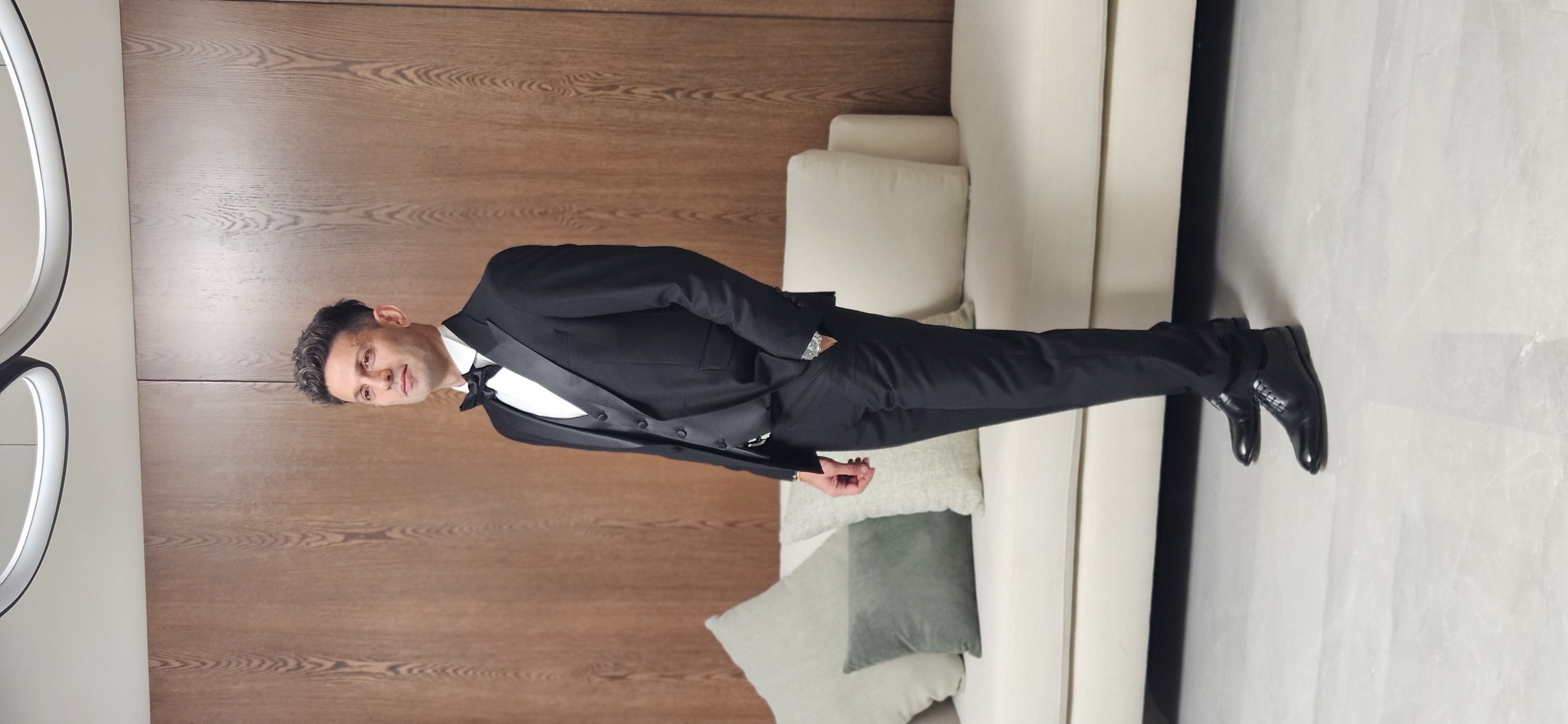 311.6
311.6 |
Macroencapsulated transgenic InsGLP-1M3R neonatal porcine islets reverse diabetes in immunocompetent rats Nizar I Mourad, Belgium |
| 16:20 - 17:05 | Mini-Oral Abstract Session: Innate Immunity and Inflammation 2 |
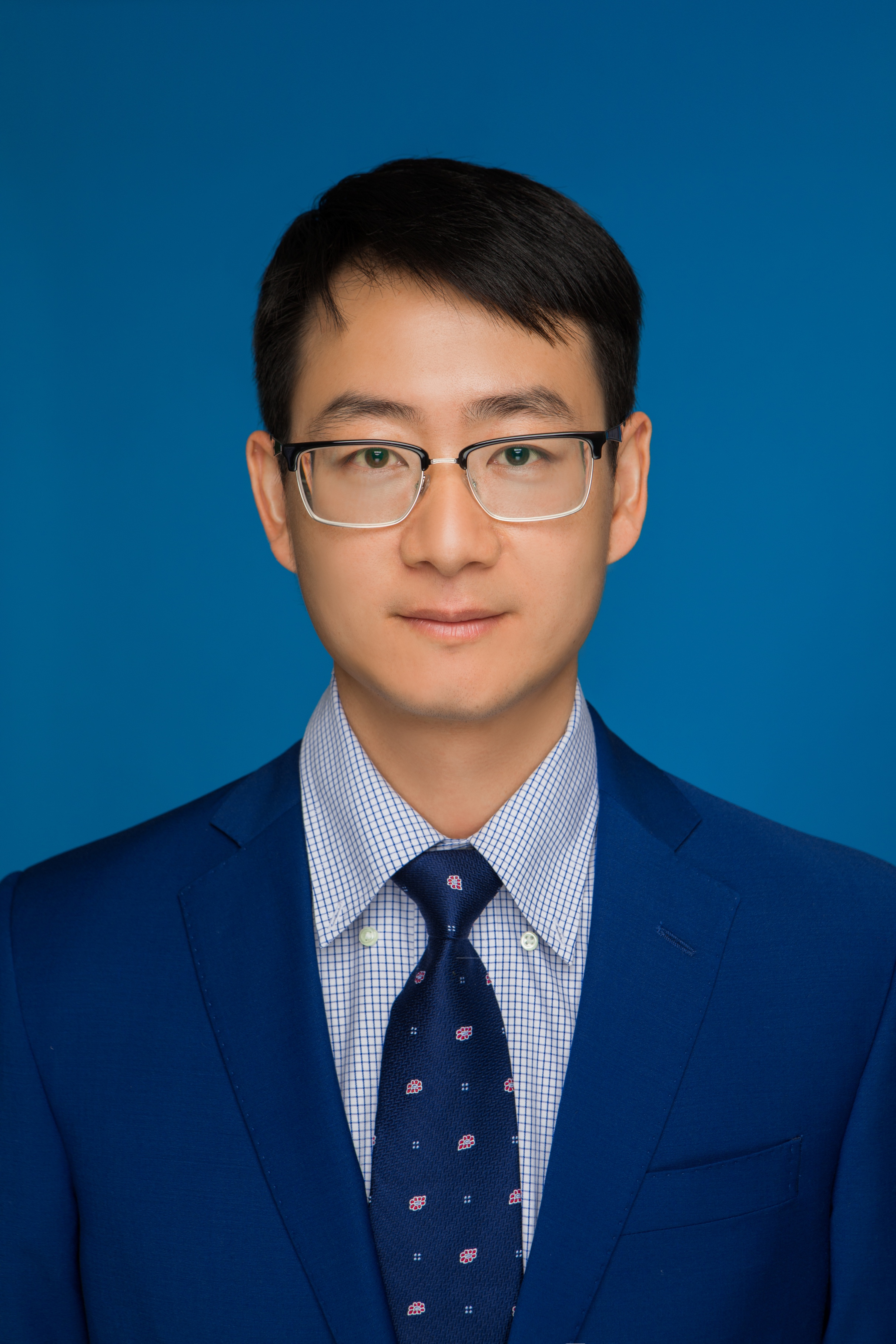 312.1
312.1 |
The impact of innate immune cell activation in genetically engineered pig-to-nonhuman primate orthotopic liver xenotransplantation Zhongqiang Zhang, People's Republic of China |
| 312.3 |
Histopathologic evaluation of cardiac xenotransplantation - A review of 13 autopsy cases Wanseop Kim, Korea |
| 312.4 |
The histologic identification of IgA deposits in three cases of porcine to human Xenokidney transplantation Aprajita Mattoo, United States |
| 312.5 |
A novel IgG and IgM cleaving endopeptidase, iceMG, for xenotransplantation Jean Kwun, United States |
| 312.6 |
Human xenoreactive antibodies against porcine aortic endothelial cells Imad Aljabban, United States |
| 17:10 - 18:45 | Plenary Session: Mentoring the future: A session to inspire young investigators |
 315.1
315.1 |
Breeding vs cloning Asghar Ali, Germany |
 315.2
315.2 |
Xenotransplantation: the blastocyst complementation route Hiromitsu Nakauchi, United States |
 315.3
315.3 |
BANFF classification for Kidney, Heart and Liver xenograft pathology Alexandre Loupy, France |
 315.5
315.5 |
Initial clinical experience with compassionate-use kidney xenotransplantation -the young investigator perspective Jeffrey Stern, United States |
|
Panel discussion and audience Q&A Discussion Period, Switzerland |
| 08:30 - 10:00 | Plenary Session: Infectious diseases: Have we made xeno safe enough to proceed? |
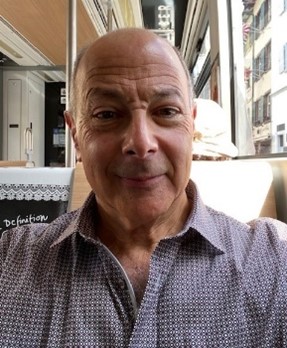 400.1
400.1 |
Overview: Microbiological Safety in XenoTx – pigs and patients Jay A. Fishman, United States |
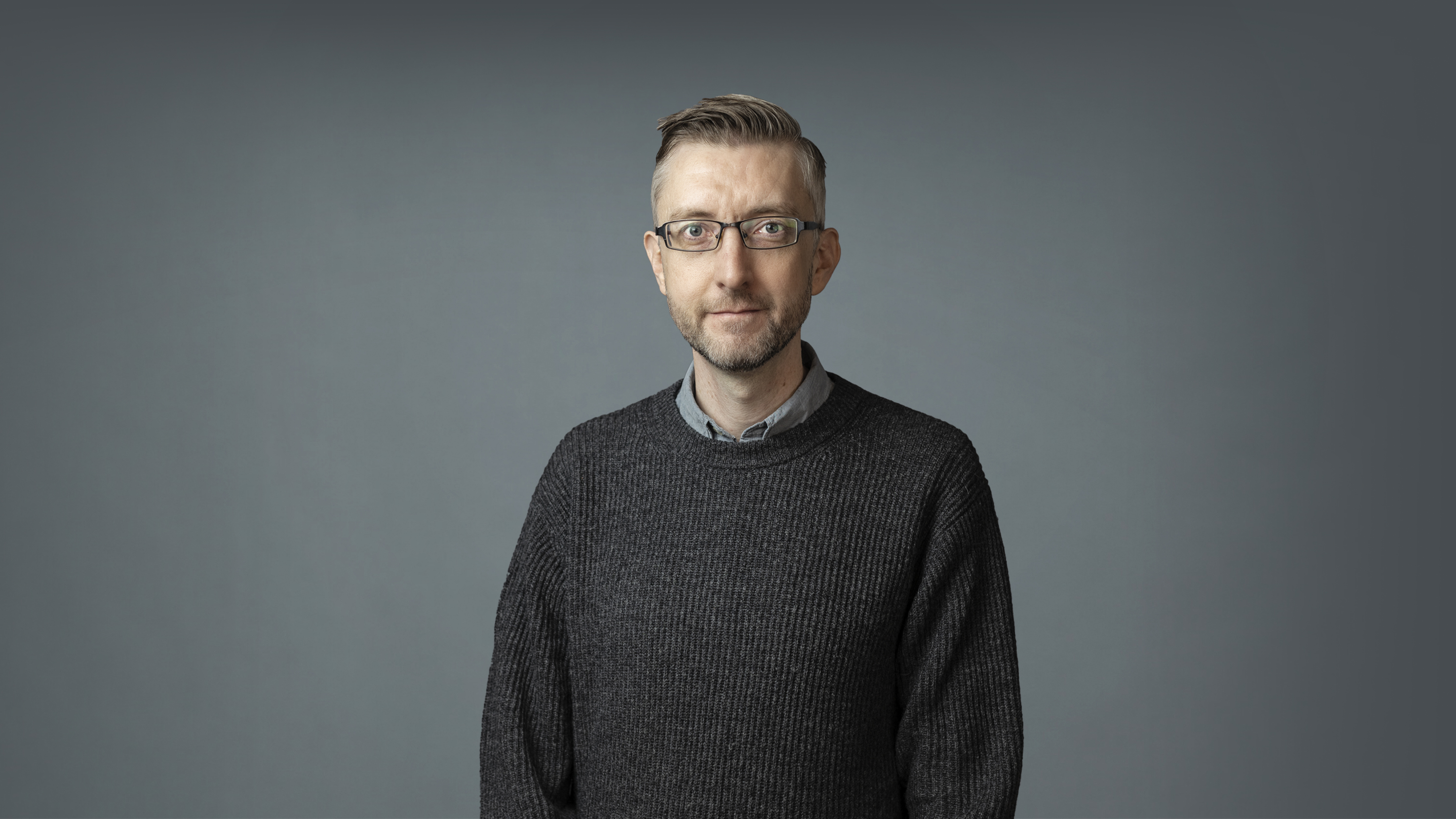 400.2
400.2 |
Viral profiling for xenotransplantation Simon H. Williams, United States |
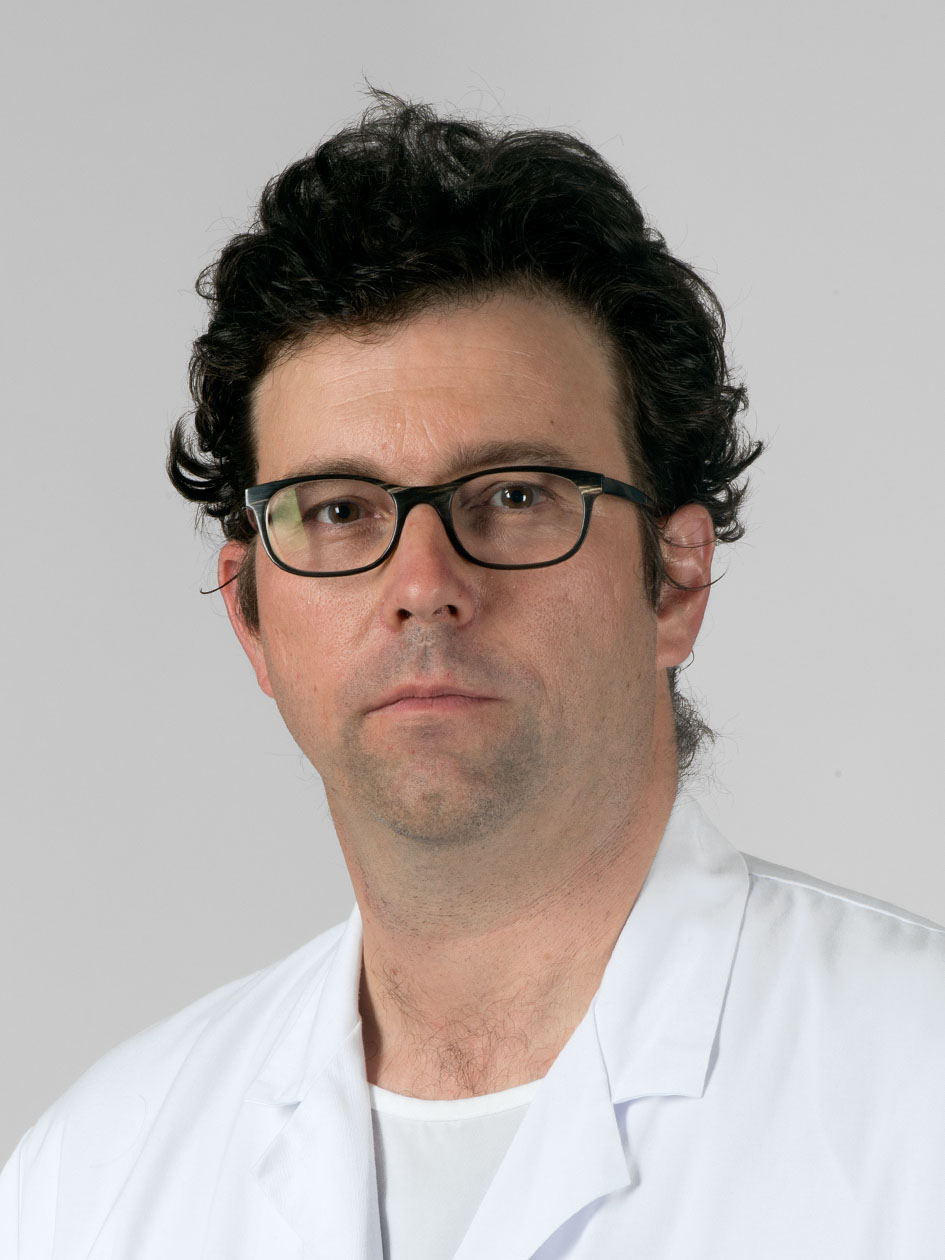 400.3
400.3 |
Mechanisms of post-viral fungal infections (CMV, SARS-CoV2) Nicolas Johannes Mueller, Switzerland |
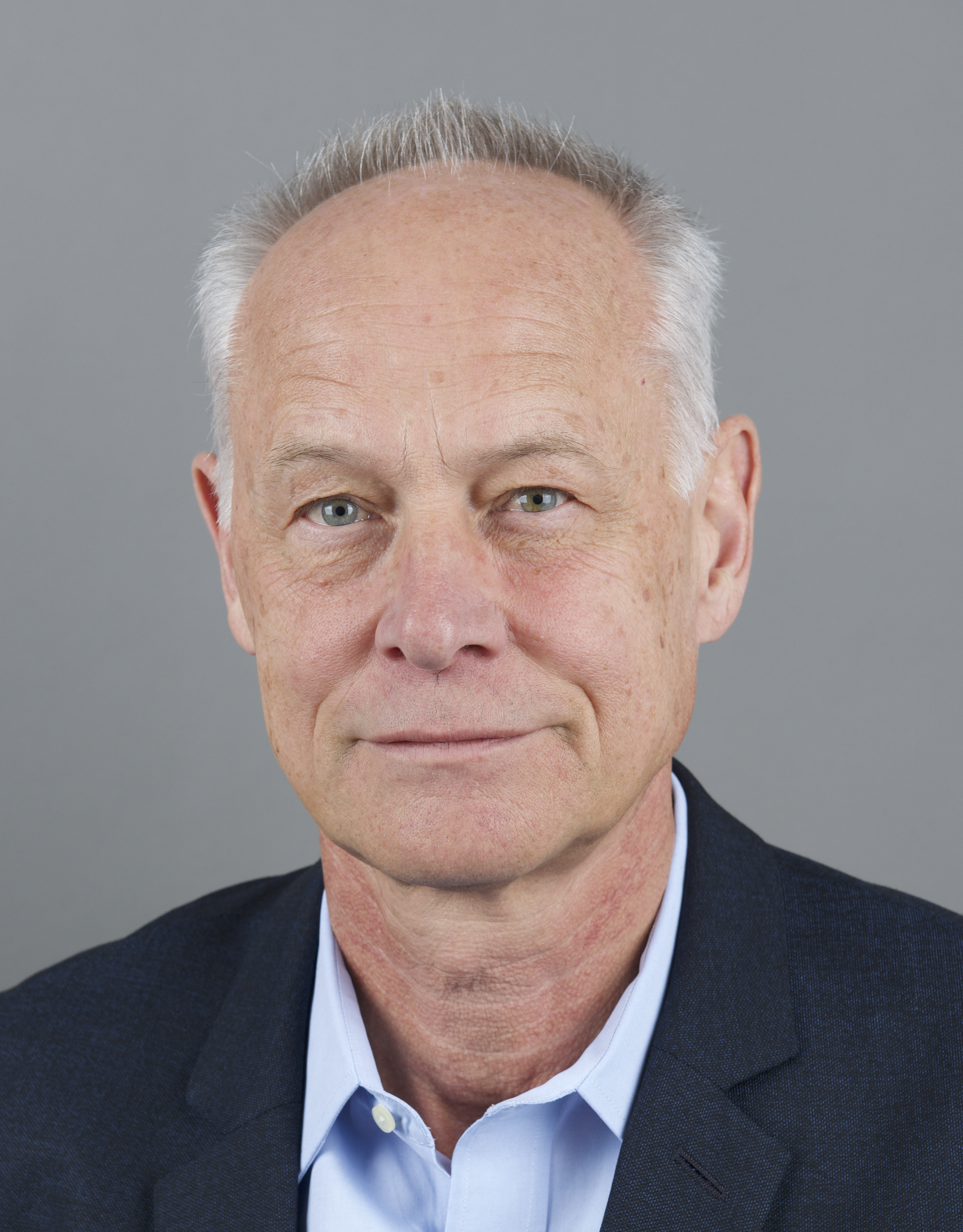 400.4
400.4 |
The polyomaviruses and species specificity Hans H Hirsch, Switzerland |
 400.5
400.5 |
Infection Control and Managing Risk in clinical xenotransplantation Sapna A. Mehta, United States |
| 10:30 - 12:00 | SOTA: Physiology of clinical xenotransplants: Will pig organs fit the job? |
 401.1
401.1 |
Pig-heart physiology in a human Paolo Brenner, Germany |
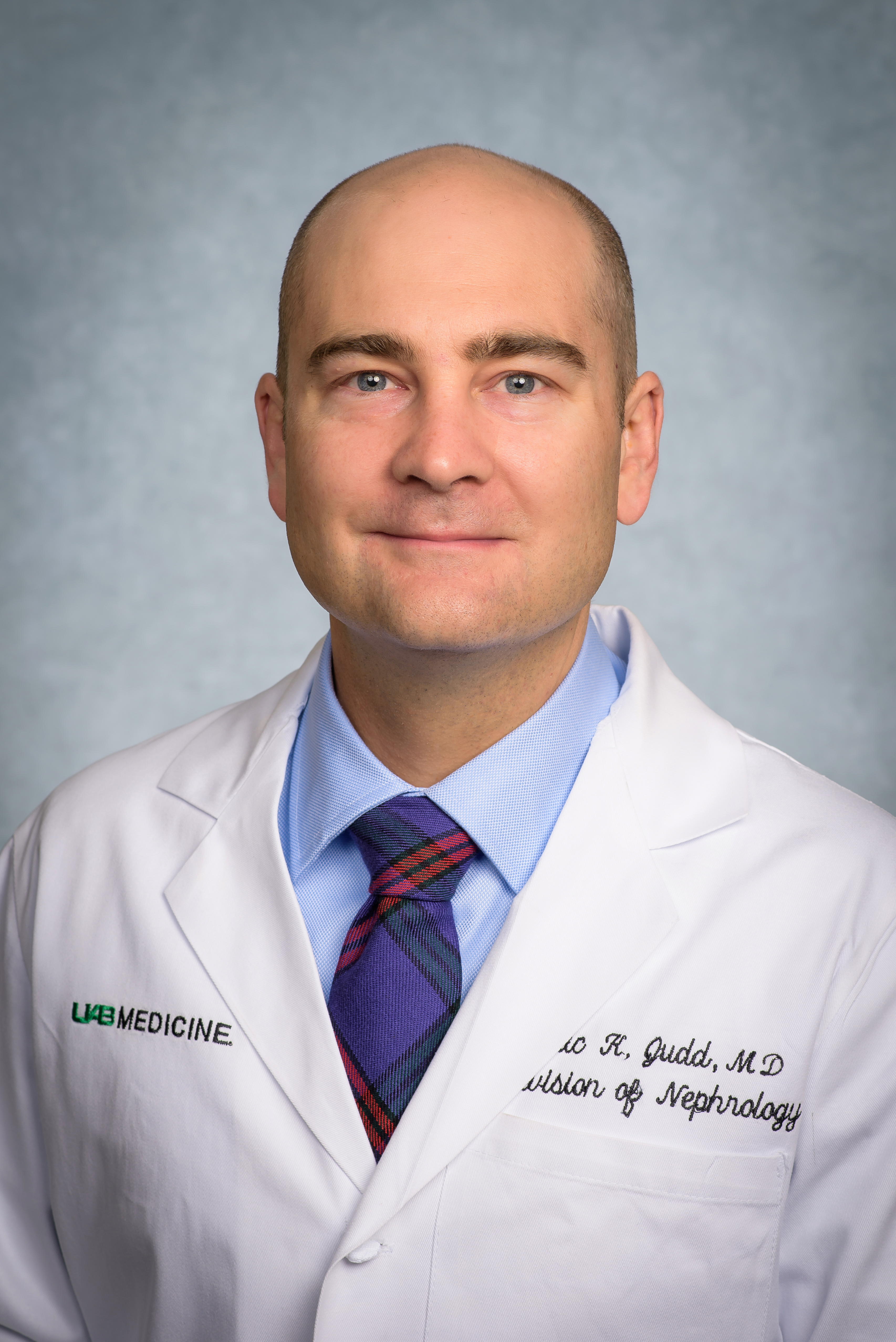 401.2
401.2 |
Pig-kidney physiology in a human Eric Judd, United States |
 401.3
401.3 |
Pig-liver physiology in a human Heidi Yeh, United States |
| 12:00 - 13:00 | Plenary Session: Closing Plenary |
 402.2
402.2 |
What's new, what's hot - Clinical Raphael Meier, United States |
| 402.3 |
What's new, what's hot - Basic Alban Longchamp, United States |

|
Closing Remarks Leo Buhler, Switzerland |

|
IXA 2027 Presentation Jay A. Fishman, United States |